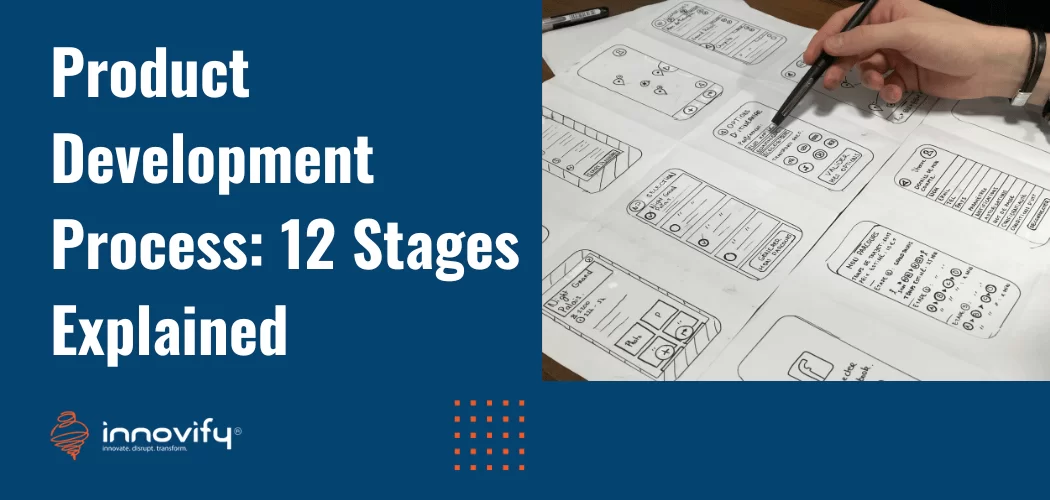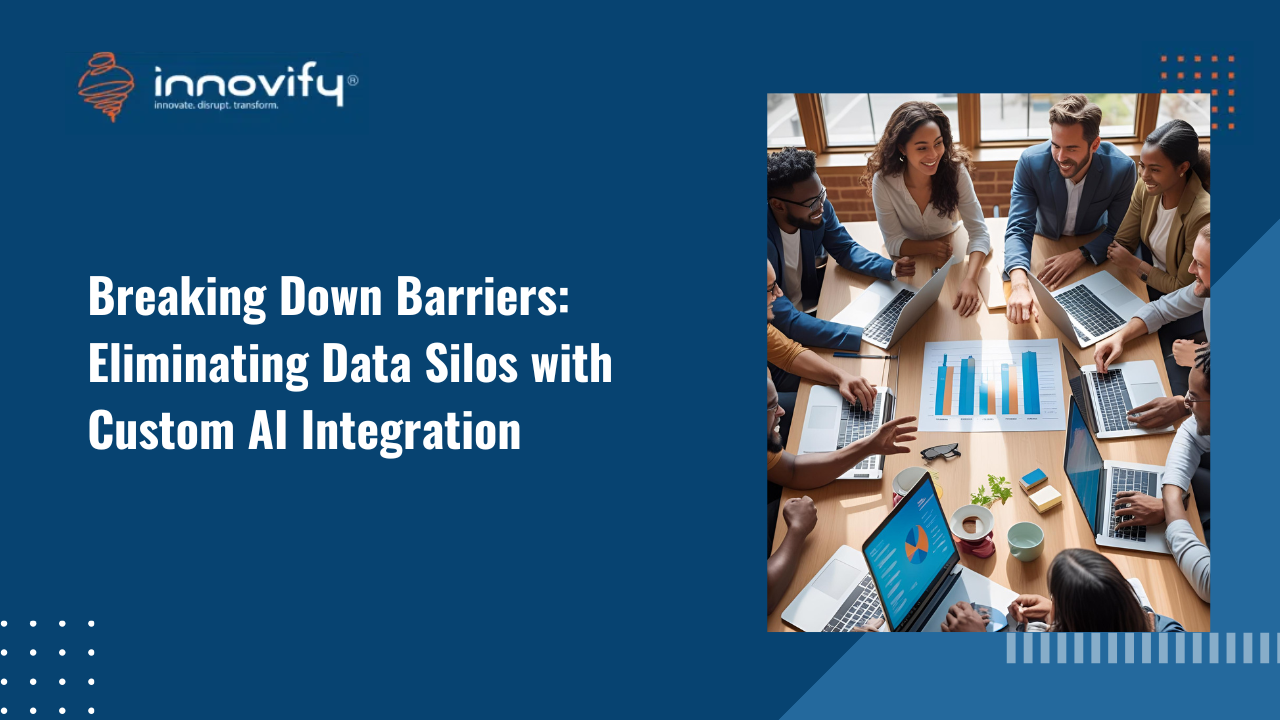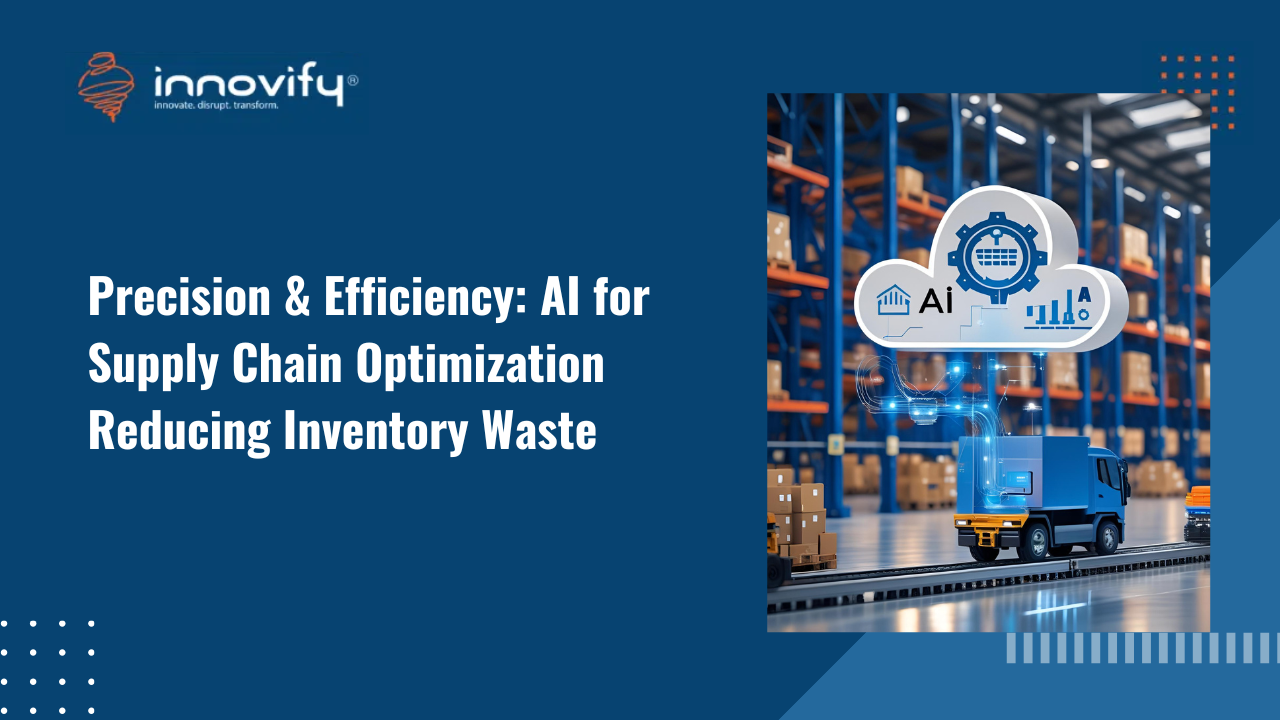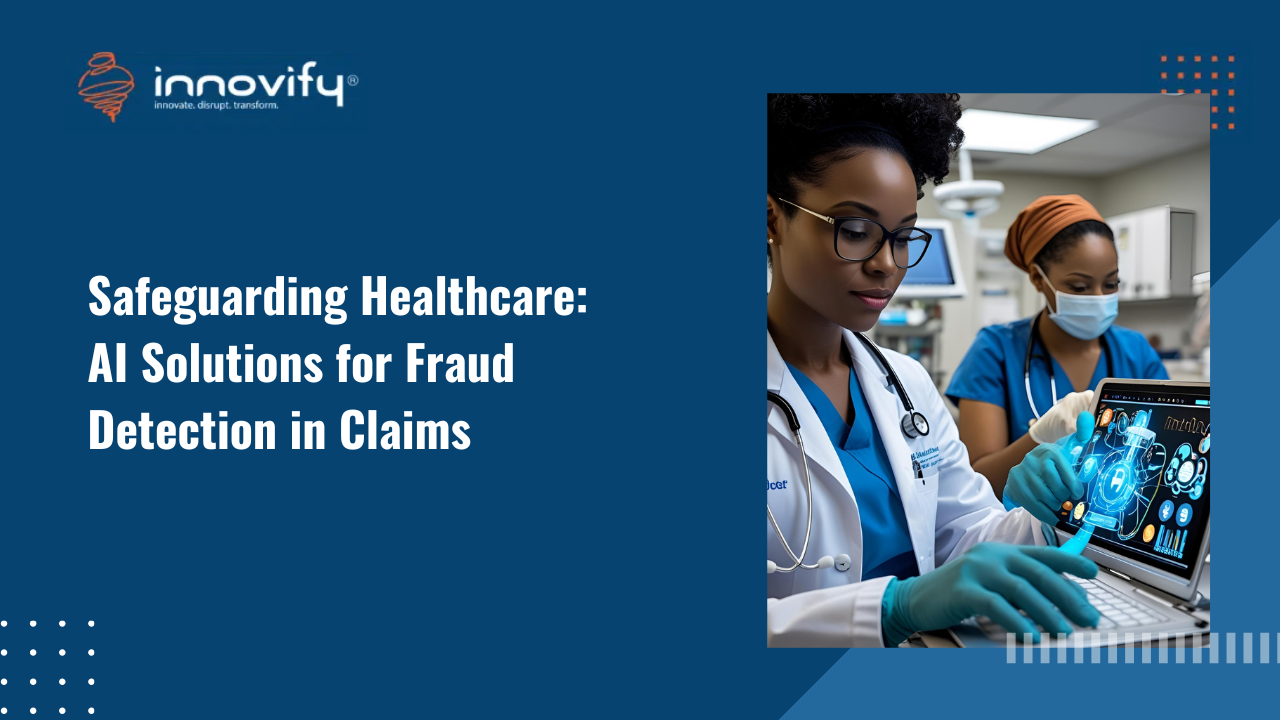Innovation
Product Development Process: 12 Stages Explained (with examples)
The product development process is the most crucial part of the product lifecycle. For any product to be successful, it needs to go through a development process. This process is full of challenges that a potential entrepreneur or business owner must overcome.
It’s essential to be as effective as possible in the stages of the product development process to maximize your speed while minimizing costs. This will give you a competitive advantage in today’s innovative environment.
But how many stages are there? And what are those stages?
This blog will take you through the stages of the product development process and the tasks you need to complete at each stage.
What is product development?
Product development is the process of creating and designing new or enhancing existing products. It involves a series of steps, from the ideation and conceptualization phase to the design and prototyping phase, to the testing and validation phase, and finally to the production and launch phase.
The process of product development typically involves a cross-functional team of professionals. Processes include engineers, designers, marketers, and product managers working together to bring a product to market. The process may also involve market research, customer feedback, and testing to ensure that the product meets the needs and expectations of its intended users.
Product development can involve physical goods, digital products, and services; its complexity depends on the product. Developing a successful product requires careful planning, teamwork, and communication. Successful product development delivers a high-quality, on-time, and affordable product.
12 Stages of the Product Development Process
1. Idea discovery and conceptualization
This is where you develop an idea for a new product or service. You might think of it as “putting pen to paper.” The goal is to find an idea that can be a profitable business opportunity.
It’s the point at which you create a detailed description of your product and how it will work. This description should include:
- What problem or need will your product solve, or what value will it provide to customers?
- The benefits (or “features”) that customers will get from using it include how they would use it and what they can do with it.
- Scenarios for how people might use your product — i.e., stories about real-life situations where someone might use it.
2. Market research for demand
Market research is the study of customers’ needs and wants to develop a product that meets their requirements. It can also be used to understand how the customer uses the product after its release. Market research is essential for any business that wants to create a successful product in today’s competitive market.
The market research process begins with defining your target audience, then understanding their needs and wants through surveys, interviews, and focus groups. Once you have this information, you can identify potential products or services that they want to see on the market.
Market research is used to identify:
- Customer needs and wants
- The most profitable market segments (and target them)
- Who are the current suppliers or competitors of the product
- How likely would customers be to purchase your proposed new product or service?
3. Competitor analysis
The main purpose of competitor analysis is to gather information about your competitors, their products, and marketing strategies.
This is a critical part of the product development process because it helps you understand what you are up against in the market and how your product can differentiate itself from its competitors.
It also helps you determine how to price your product and where to promote it to develop an effective marketing strategy.
Here are some common examples:
- If a competitor has been advertising heavily on TV and radio but not online, you can assume they are placing more emphasis on offline advertising than online.
- If a competitor spends more money on PPC than on SEO, they might have more confidence in their PPC campaign than in their SEO campaign.
- Suppose a competitor has used social media primarily for customer support rather than lead generation. In that case, they might not view social media as an effective lead generation channel for them at this time.
4. Analysis of business to ascertain numbers
You need to understand how much your competitors earn and their strategies. This will help you formulate your strategy and get ahead of them.
You must determine how much you will spend on developing your product. It’ll help you decide whether or not it is financially viable for your company. It will also help you determine if there is enough demand for the product so that it will generate profits for your business.
5. Feasibility Study
Once an idea has been conceptualized, it needs to be tested to determine whether it can work in the market or not. This is done by doing a feasibility study on a smaller scale with minimum investment involved.
If the study shows positive results, the concept gets approved for further development; if not, it is dropped altogether, as there would be no point in proceeding with something that won’t sell well in the market.
6. Create a business plan
This step requires careful planning and consideration of all aspects of your business, including operations, finances, staffing, and marketing strategy. Your plan should include details about how you will develop your product or service.
A business plan should include:
- Product description, including specifications and features;
- Marketing strategy, including distribution channels and pricing;
- Financial forecast, including sales and profit projections;
- Administrative plan, including management structure and staffing requirements.
7. Design the solution/prototype
After you’ve written a detailed description of your product, you can start creating a prototype. A prototype is an early version of your product that gives users an idea of what they can expect when they buy it later.
At this point, you should already know what kind of product you want to build and how your target audience will use it. If you’re working with physical products, you can use sketches or computer-aided design (CAD) software to build your prototype. If you’re building software or an app, you’ll probably create mockups or wireframes.
Once you’ve created an MVP (minimum viable product), testing it with real customers is time.
8. Initial marketing and distribution
In this phase, you identify and reach out to people who will try out your prototype or use your product or service. You may want to give them free samples.
You can use an email marketing campaign to describe what you’re doing so that you can get sign-ups and build an email list. This allows you to learn how people respond to your prototype and gives you feedback on what works well and what doesn’t work.
9. Customer feedback
Customer feedback plays an important role in product development. It helps you understand their thoughts about your product idea and where they see room for improvement.
The information can help you make changes to your product before launching it into the market or even after launch if there are any issues with customer satisfaction or usability. You can also test your product with focus groups or surveys to get valuable insights into how people will react to it once they have it in their hands.
It’s also important to involve representatives from all aspects of the business during this phase to provide feedback on how well the prototype works from their perspective. The design team may need several iterations before they arrive at a final design that meets all of these criteria.
10. Design iteration
Iteration is a central part of the design process: it’s how you make an idea better over time by continually improving it until it’s ready for production. Each iteration involves making small changes to your design based on customer feedback from previous versions.
You might also make changes based on technical specifications (for example, if your design isn’t feasible using existing technology), budget constraints, or new information about competition or market trends. Design iteration is performed until designs meet user needs in the business analysis stage.
11. Technical documentation
Once your prototype is finalized, you need to document all the technical details related to its production so that when it comes time for mass production, there are no surprises or changes needed in the product design.
Technical documentation ensures a smooth transition from prototype production to full-scale production at the end of this stage when final production begins.
Technical documentation can be in different forms, such as manuals, guides, instructions, user manuals, user guides, etc. The main purpose of technical documentation is to provide instructions for using the product. It also provides information about maintenance requirements, specifications, features, and benefits of using the product.
12. Final production
The final stage of product development is to create the final product based on all the feedback and documentation you’ve gathered to make it perfect. This can be a tricky part of your process if you’re not careful, but if done right, it will help ensure that your product is everything you’ve promised.
After creating your final product, you should test it to ensure it works as intended. Once you’ve fixed any bugs or glitches in your product, you can release the final version to the public.
Product development process examples
Now you must have understood product development and its stages, Let’s examine some of the most successful product development strategies used by iconic startups:
Example 1: Product development process of Airbnb: Rapid prototyping and iterative testing
Airbnb’s product development process begins with a basic concept and involves building a prototype, which is then tested with real customers to gather feedback. Based on this feedback, the prototype is refined and tested again in an iterative manner until a successful product is developed. This process enables Airbnb to quickly identify issues and make improvements while keeping customer needs at the forefront of the development process.
Example 2: Slack’s Product Development Process Emphasizes Collaboration and Agility
Slack’s product development process is characterized by a focus on collaboration and agility. The company works in cross-functional teams, including engineers, designers, and product managers, who develop and launch new features quickly. This approach enables the company to respond highly to customer needs and make rapid product improvements based on feedback.
Slack also uses customer feedback to prioritize features and make iterative improvements to the product. They prioritize user experience and design to create a simple, intuitive product. The company heavily invests in data analytics to optimize the product and improve user experience.
Slack’s product development process uses agile methods. This method divides development work into small, iterative tasks. This lets the company quickly adapt to customer needs and market trends by improving the product.
Who Is Involved in the Product Development Process
Product development typically involves many people with different skills, expertise, and roles. The process may involve these key stakeholders:
1. Product Manager
The product manager oversees product development to meet strategic goals and customer needs. They manage the process and collaborate with cross-functional teams to ensure product success.
2. Designers
Product designers create its appearance and functionality. They work closely with product managers to ensure that the product meets the target user’s needs and develop user interfaces, wireframes, and prototypes to communicate design concepts.
3. Engineers
Engineers build and design the product and ensure it meets technical requirements. They work closely with designers to ensure that the product’s functionality aligns with the design vision, and they oversee the technical aspects of the product’s development.
4. Marketers
Marketers are responsible for creating a marketing plan that aligns with the product’s goals and positioning. They work closely with the product manager to understand the product’s target audience and create a messaging strategy that resonates with them.
5. Salespeople
Salespeople are responsible for selling the product to customers. They work closely with the product manager to understand its features and benefits and create a sales strategy that drives revenue.
6. Quality Assurance
Quality assurance tests the product to ensure it meets quality standards and is bug-free. They work closely with engineers to ensure that the product meets technical specifications and with product managers to meet customer needs.
7. Legal and Regulatory Experts
Legal and regulatory experts ensure product compliance with applicable laws and regulations. They work closely with the product manager to understand regulatory requirements and ensure the product is safe and legal.
Best Practices for Your Product Development Process
Here are the top 4 product development best practices that can help guide the process and ensure success.
1. Conduct thorough market research
Conducting extensive market research is essential to understand customer needs, identify gaps in the market, and gather feedback on potential product concepts. This information can help inform product development decisions and ensure that the product is designed to meet the target market’s needs.
2. Emphasize user experience
User experience (UX) is a critical aspect of product development. A product that is difficult to use or frustrating to navigate will not be successful, regardless of its other features. Prioritize UX by conducting user testing, gathering feedback, and making iterative improvements to the product.
3. Use agile development methodologies
Agile development methodologies are an effective way to manage product development projects. They involve breaking down development work into small, manageable tasks that can be completed quickly and iteratively. This allows for rapid improvements to the product and enables teams to respond rapidly to changes in customer needs and market trends.
4. Collaborate effectively
Effective collaboration is crucial to successful product development. Cross-functional teams that include product managers, designers, engineers, and marketers should work closely together throughout the product development process. Clear communication and a shared vision for the product are essential to ensure everyone is working towards the same goals.
Turn your next product into a success story
Whether you’re just starting to plan your next app or working on it for some time, it’s imperative to stay organized throughout the product development process.
At every stage of development, from idea conception to design, marketing, and support, keep a consistent approach and develop a strategy to keep your app’s development on the right path. Innovify helps you build a new product and reach it out to the market.
FAQs
- What is product lifecycle?
A product lifecycle is a progression that a product goes through from its inception to its eventual removal from the market. It helps companies manage their growth, maturity and decline of a product. The product lifecycle has four phases: introduction, growth, maturity, and decline.
- Why is product life cycle important?
The PLC is one of the most important tools in marketing because it helps us understand :
- How long will your products be active in their markets
- How much money can you expect to earn from them
- When you should stop investing in them so that you don’t waste resources on obsolete products.
- What is the growth stage in the product development process?
The growth stage of the product development process occurs after the product has been launched and is now being promoted to a larger market. The goal of this stage is to increase sales and revenue by offering new services or products or improving existing ones.
- What is the maturity stage in the product development process?
The maturity stage in the product development process is the final stage of the product life cycle. According to MarketingSherpa, it’s a time when “the market for a product becomes saturated or mature.” The maturity stage is characterized by high competition and low growth, so companies need to focus on maintaining market share rather than gaining new customers.
- What are the types of product development?
There are various types of product development, including:
- New Product Development (NPD): This is the process of developing a new product that has never been introduced in the market.
- Product Line Extension: This type of product development involves adding new products to an existing product line. These products are usually related to the original product and offer more options to consumers.
- Product Improvement: This type of product development involves modifying or improving an existing product to enhance its performance, functionality, or features.
- Cost Reduction: This type of product development focuses on reducing production costs while maintaining the product’s quality.
- Repositioning: This type of product development involves changing the target market or the product’s positioning to attract new customers.
- What is the role of product development?
The role of product development is to create and improve products to meet consumers’ changing needs and preferences. The process involves designing, developing, and testing new products and improving existing products to ensure that they remain relevant and competitive in the market.




